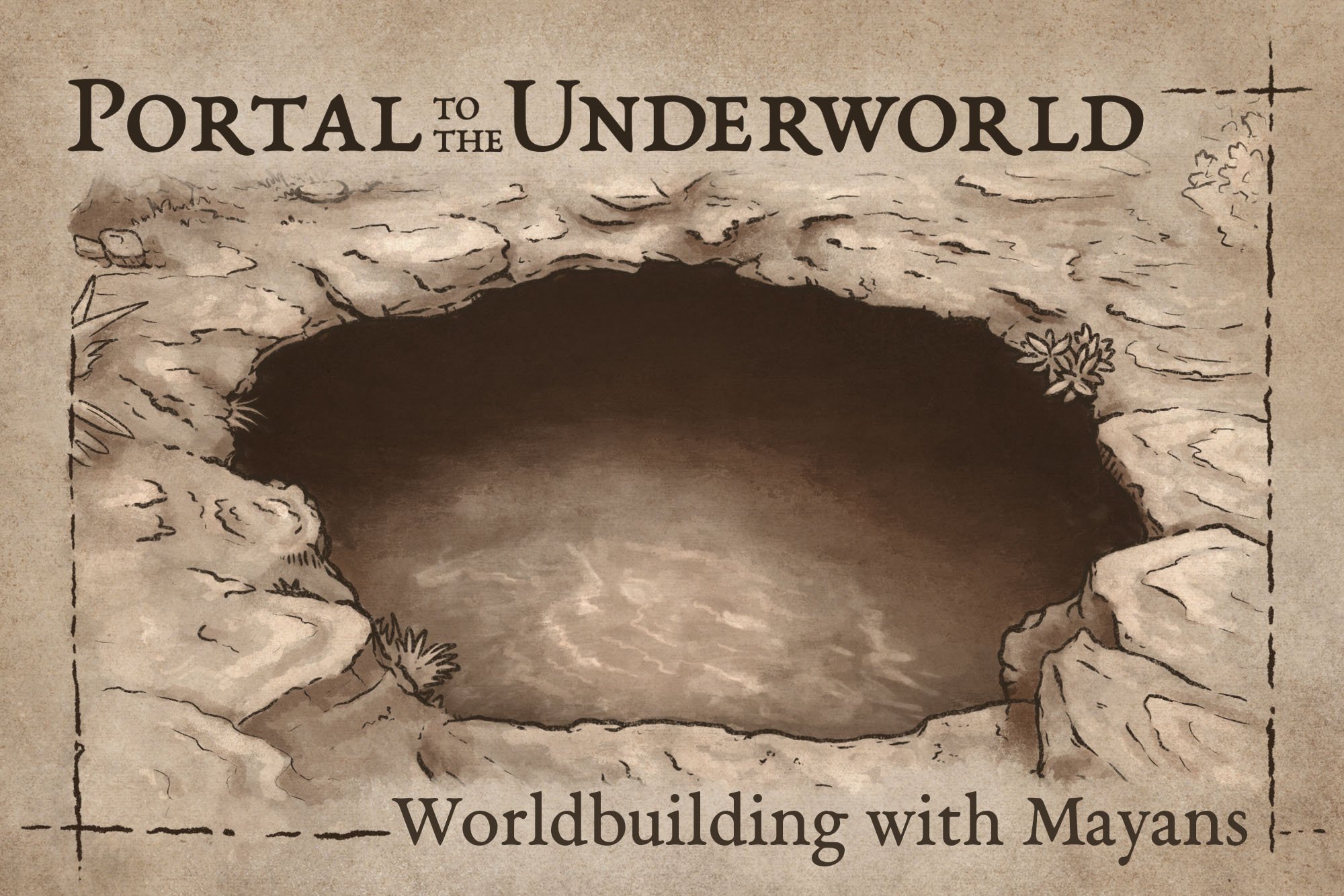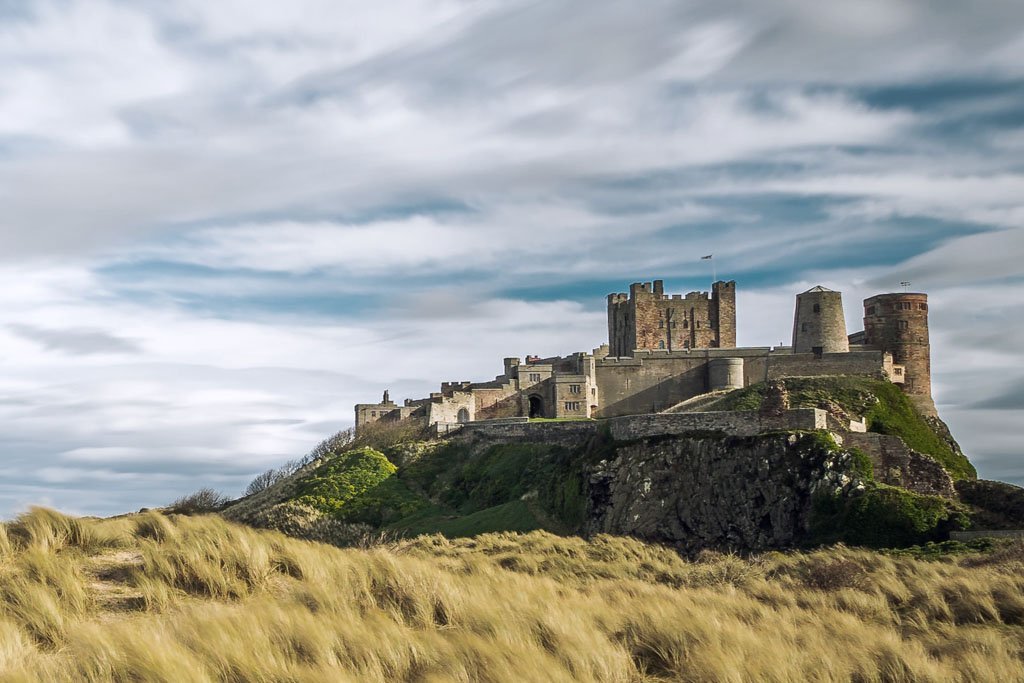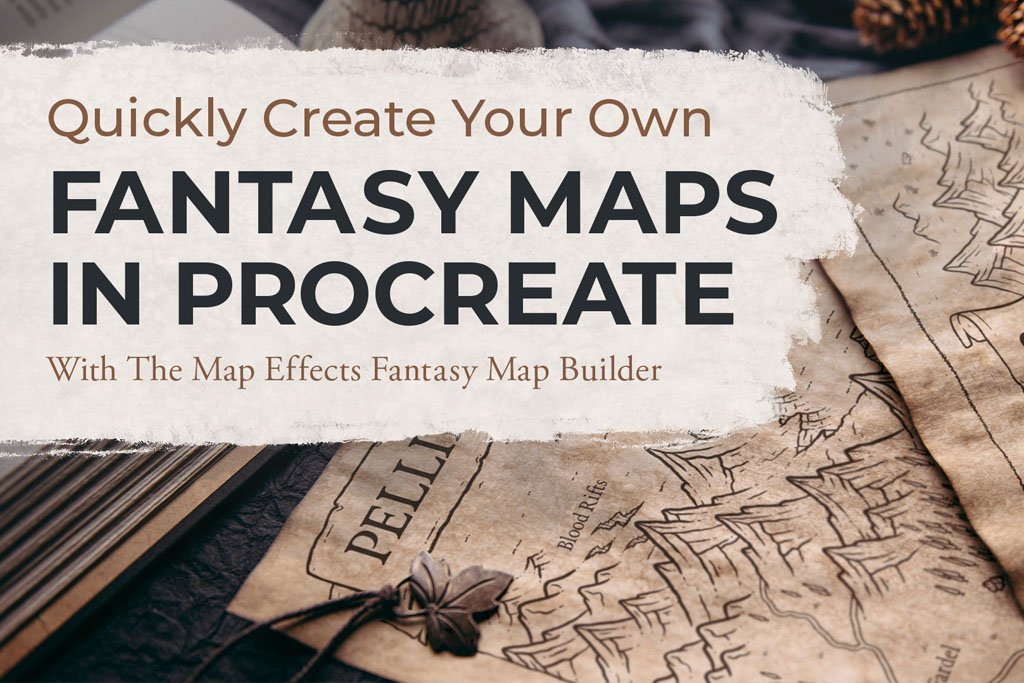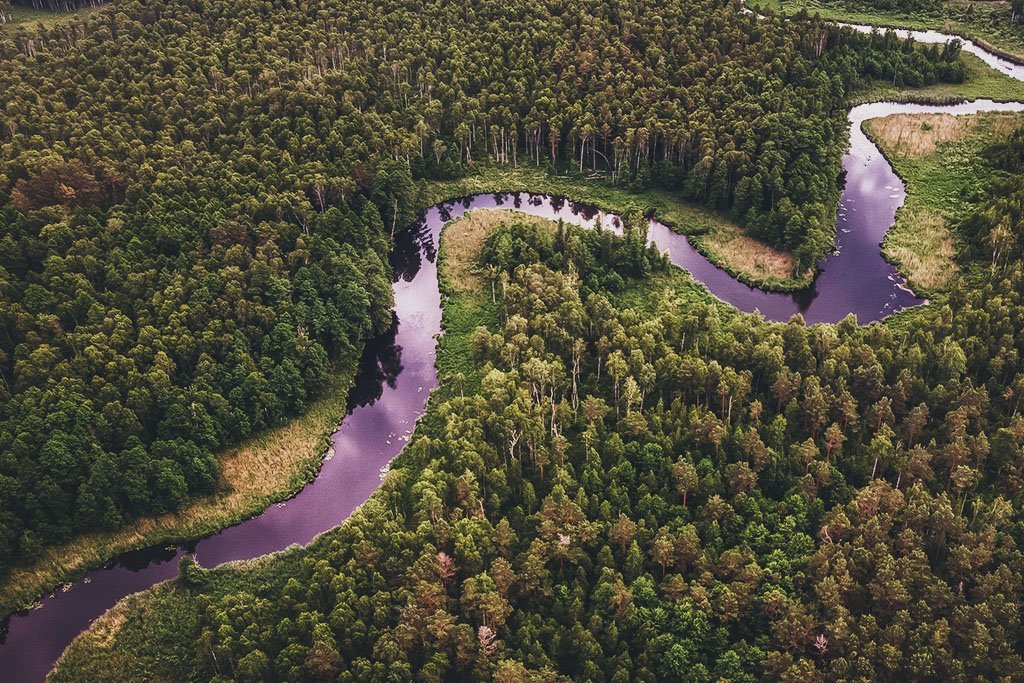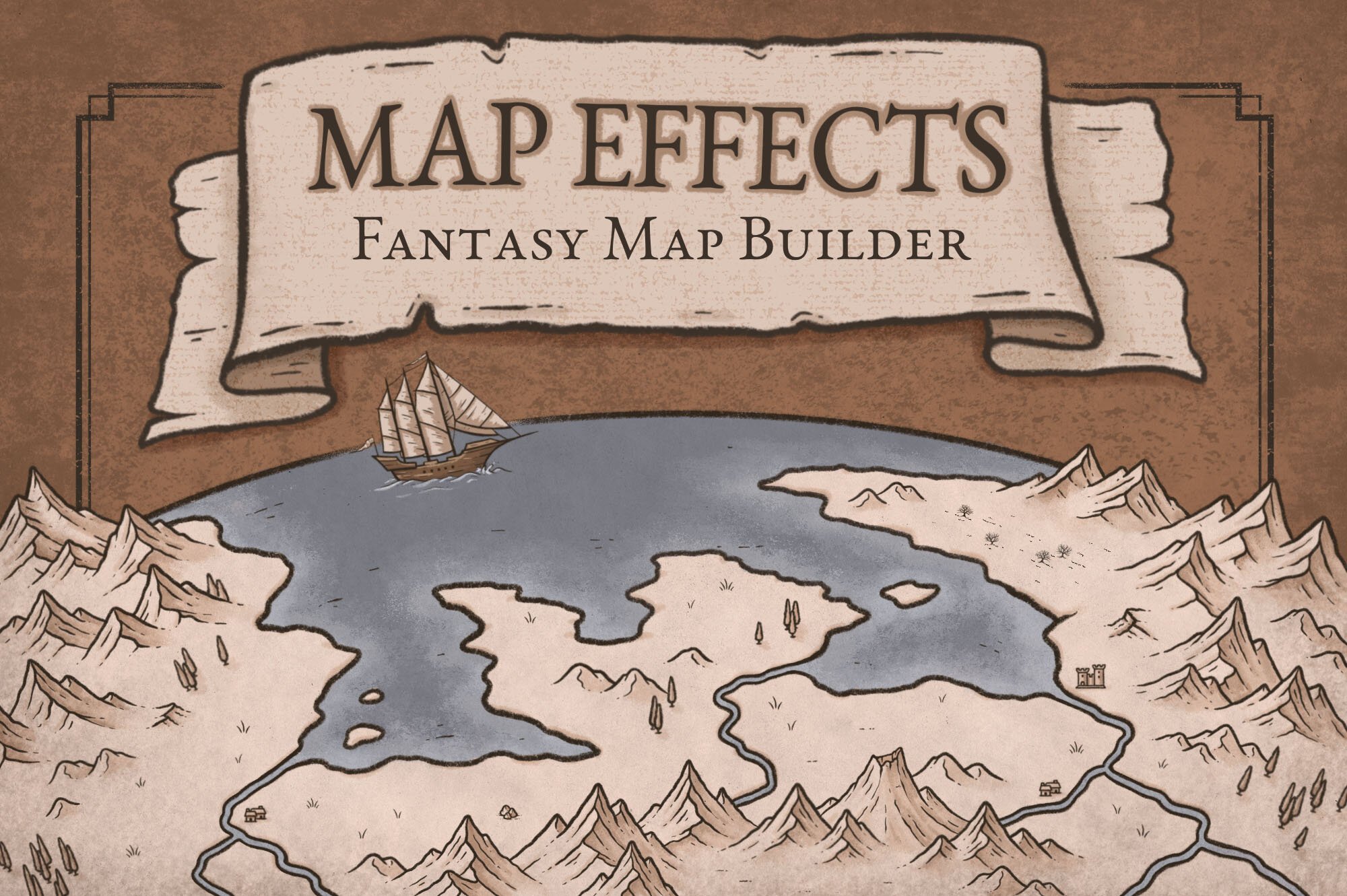Portals to the Underworld - Worldbuilding with Mayans
Everyone knows you need to draw rivers on your fantasy map if you want it to be realistic…right? Access to fresh water is necessary for cities and villages to thrive, but did you know that despite the Mayans living in a region where jungles could flourish, the area is nearly devoid of rivers? How could they not only survive, but build one of the most impressive civilizations we only now are beginning to recognize?
If you want to create a unique setting for your setting, looking at real places and cultures throughout human history is a great source of inspiration. Let’s delve into the cenotes of the Yucatan, portals to the underworld!
No Rivers in the Yucatan?
Because the Yucatan Peninsula is made out of limestone, rain quickly seeps into the ground so that no rivers above ground can form. Instead, the region is riddle with sinkholes, known as “cenotes.”
While the exact numbers of cenotes vary, it’s safe to say it’s in the thousands! The dots you see indicate just some of the main ones in the region.
See the Ring?
You may notice a cluster of cenotes forming a large circle on the northern coast. What you’re seeing is the rim of an ancient asteroid impact that is all but hidden now without special imaging technology.
Cultural Importance
For the Mayan people, cenotes were not merely a source for drinking water. They also held cultural and religious significance.
Excavations of several cenotes revealed an array of offerings including stone carvings, metal adornments, and human remains among other things.
But, how does a cenote form?
Subterranean Caves
While you will find ground water and underground rivers throughout the world, it’s the limestone that makes this area unique.
Caverns form below ground as rain and ocean water slowly dissolves the limestone that makes up the Yucatan Peninsula. Many of these caverns are also connected by subterranean rivers that divers can now explore.
Mayan Effects
Now compatible with Procreate, Photoshop, Affinity, & Clip Studio Paint!
Tired of the same “medieval” features on fantasy maps? Now you can easily create a Mayan inspired setting for your story with this add-on for the Map Effects Fantasy Map Builder
Ground Collapse
As the limestone dissolves, eventually the ceiling of the cavern can no longer support the ground above, causing a collapse which opens the underground reservoir to the surface.
Are There Fish?
Amazingly, you will also find a variety of fish and invertebrates which have adapted to live in these dark caverns. If they didn’t arrive from a connecting underground river, fish can also arrive because their eggs can attach themselves to the legs of a bird or in the fur of a mammal which then is transported to a new cenote when they come for a drink.
Mature Cenote
Erosion continues over the life of the cenote, widening the opening to the surface and depositing more debris at the base.
Saltwater and Freshwater Together?
A visible layer where fresh water and the salt water below meet, but don’t mix is called the halocline. Divers describe this layer as having the appearance of a frosted glass.
Mayan Significance
Cenotes were a vital source of water for the Mayans, but they also held religious significance as portals to Xibalba, the underworld. Within recent years we even discovered the famous pyramid of Chichen Itza was even built above a cenote. Needless to say, there is concern that one day it will collapse into the cenote below.
Pyramids on Top of Pyramids
You’ll find in many ancient sites that the construction we see today is just the latest building above a much older site. The Kukulkan pyramid we see today was built around two smaller, older pyramids. This practice is seen throughout several sites in Mesoamerica and around the world.
Mapping Cenotes
So now the question is, how do you go about drawing something like this on your fantasy map? When you look up images of cenotes, you’ll quickly realize they vary widely in appearance.
Some are perfectly round, while others are more organic in shape. Some clearly look like a sinkhole with cliffs surrounding it while others could be mistaken for a typical lake.
One key visual characteristic though is a lack of visible rivers flowing in or out. I also recommend surrounding it with cliffs for the sake of clarity as it has more of the “classic” cenote look.
TAP HERE to check out my tutorial on drawing Canyons for tips on how to illustrate cliffs.
One of my favorite places to find inspiration for worldbuilding is looking at history and other cultures throughout the world. You always discover things that almost seem like they’re straight out of a fantasy book, and yet they’re grounded in reality.
Cenotes were one of those things that I just found fascinating the more I read, and I just had to share a little bit of what I found with you. I hope that it was interesting, entertaining, and maybe caused you to appreciate a little bit about the Mayan culture. But, I also hope it helps you in your own storytelling and creating a unique and exciting world.
Happy Mapping!
Josh











